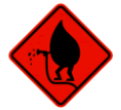
HOW CAN I BE MORE EFFICIENT WITH WATER?
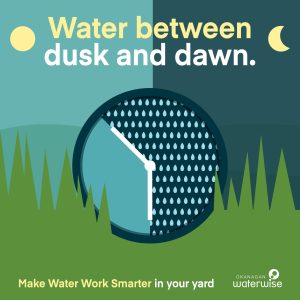
Put it on the night shift. Water between dusk and dawn.
Putting water to work during the coolest part of the day prevents evaporation. A good rule of thumb is between 10 p.m. and 6 a.m. Check with your water utility for specific watering restrictions in your area.
Find Water Regulations Specific to Your Utility
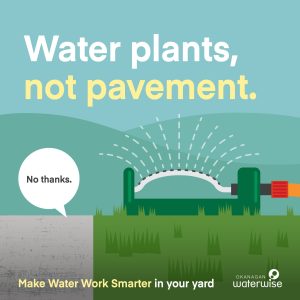
Don’t spray and pray.
Don’t let water waste your time, effort, and money! It should sprinkle your lawn or garden, not pavement.
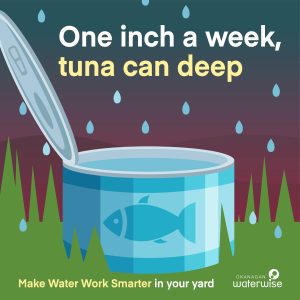
One inch a week will do.
Most lawns need just 2.5cm (one inch) of water per week—about the depth of a tuna can.
Watering deeply and less often promotes deep, healthy root growth. If you’re watering deeply but not seeing results, the problem may be inadequate topsoil. Try top dressing with half an inch of compost, then over-seeding for a thick and vigorous lawn.
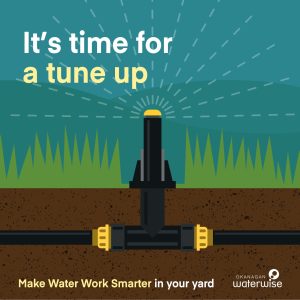
Tune up your irrigation.
Water works better when paired with a properly running irrigation system. Fix leaks and broken or clogged sprinkler heads. Reduce run times when weather is cooler. Don’t know how? Go with a certified irrigation pro!
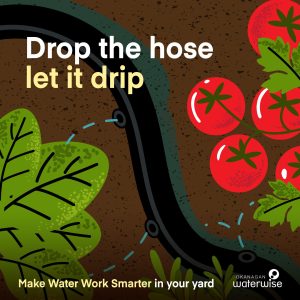
It’s ok to be a drip! Install a high efficiency irrigation system.
Save water on your shrubs, trees and gardens with drip irrigation. Drip irrigation is much more efficient; 90% of water reaches the plant. It is also energy efficient because it works on low water pressure.
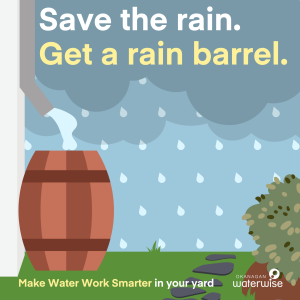
Collect and use rainwater. It’s free!
Rain barrels collect fresh, naturally soft and chemical-free water that is great for container plants, flower beds, and food gardens
Find other rainwater catchment ideas in our Slow it. Spread it. Sink it! Guide for Okanagan Residents.
HOW CAN I BE MORE EFFICIENT IN MY YARD?
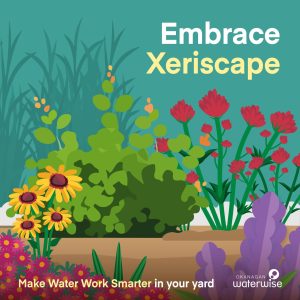
Embrace Xeriscape. Pick plants suitable for our dry climate.
Okanagan water works best with plants suitable for our dry climate: drought-tolerant turf, native and low-water variety plants.
Check out our Make Water Work Plant Collection, including 105 perennials, grasses, trees, and shrubs.
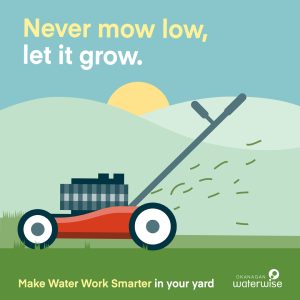
Never mow low. Let it grow!
Leave grass 2-3 inches tall (5-8cm). Water stays longer when grass is longer. Leaving your grass longer slows evaporation from the soil, making it work more effectively!
Leave grass clippings as mulch.
Leaving grass clippings on your lawn helps feed the lawn and keep moisture, requiring less water and reducing evaporation.
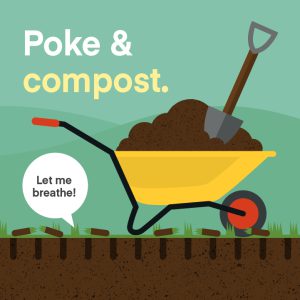
Aerate your lawn and top dress with compost.
Aerating the lawn in early spring or fall improves water penetration. Water also works best with organic products like compost, which minimize over-fertilizing and help prevent storm water pollution.
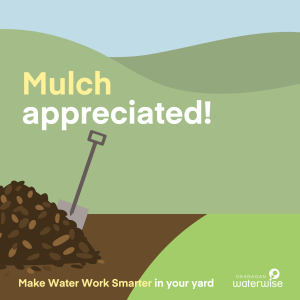
Every year add a new layer of mulch.
In the spring or fall apply a fresh layer of organic mulch to your beds to help insulate your plants’ roots and help them retain moisture. The mulch will break down and add nutrients to your soil, so it’s important to add a new layer every year!
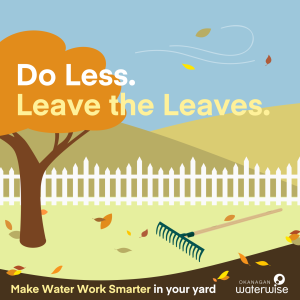
Don’t rake in the fall – it’s good for the insects, animals, AND your yard.
Fallen leaves add nutrients to your soil, act as a natural barrier to prevent water evaporation, and is home to insects and the animals that rely on insects as a food source (especially over winter).
Need a clear path? Sweep your leaves into another part of your yard, like the compost or garden, or a back area.
